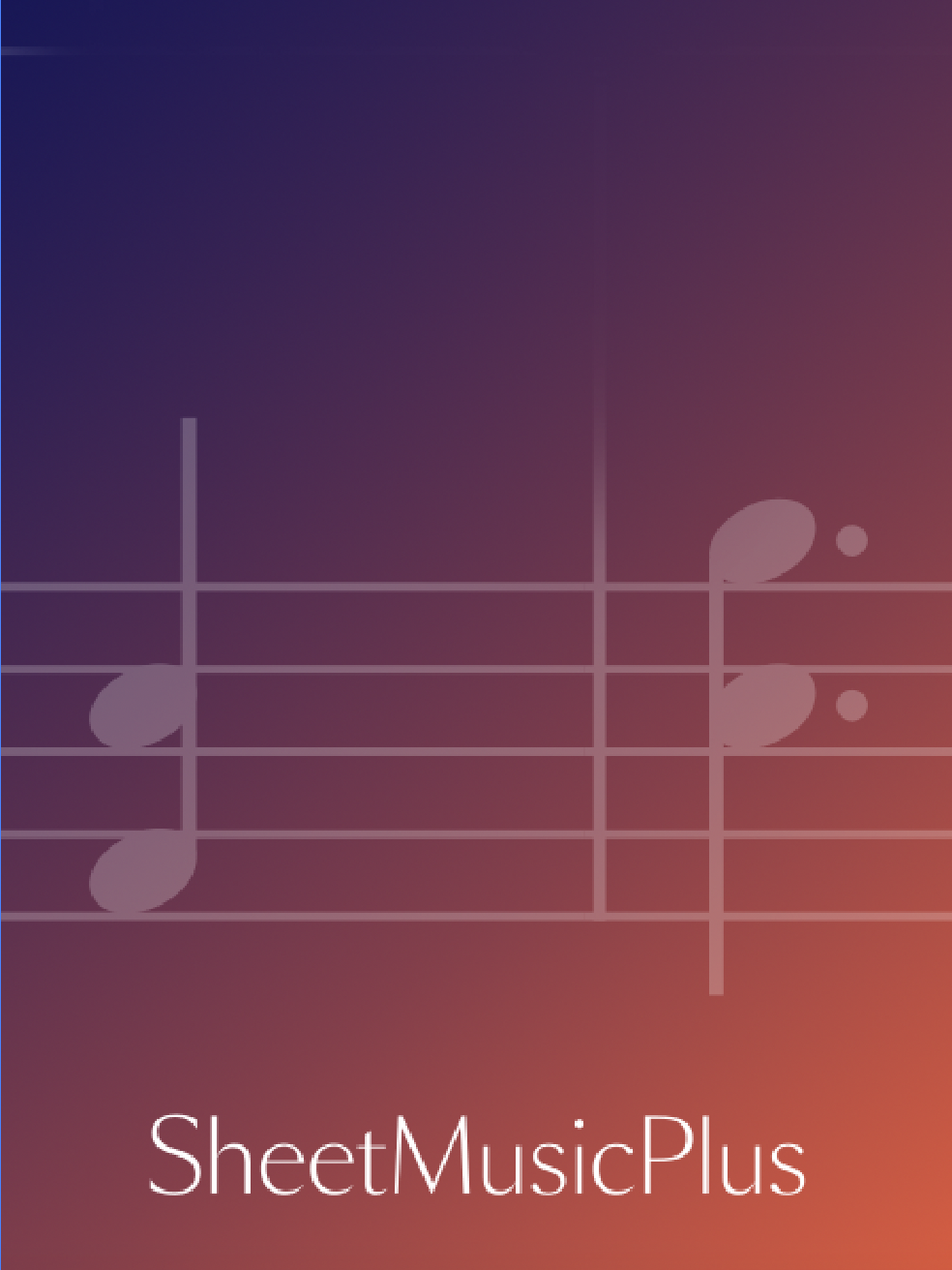Son Et Lumiere
Details
Description
SKU: PR.446411590
Composed by Steven Stucky. Perfect or spiral. Large Score. With Standard notation. 68 pages. Duration 9 minutes. Theodore Presser Company #446-41159. Published by Theodore Presser Company (PR.446411590).ISBN 9781598061666. UPC: 680160096817. 9x14 inches.
Son et lumière is one of respected composer Steven Stucky's most widely performed pieces for orchestra, and it is now available in the format of a study score from Merion Music. The title refers to the sound and light shows performed for visitors to historical sites, and the piece is meant to reflect the wide variety of changing colors. Stucky is renowned for his masterful yet accessible style of composition, and the availability of a Son et lumière study score will be of great interest to conductors and libraries alike. Duration: 9'.
The title Son et lumière (“sound and light”) refers to a kind of show staged for tourists at historic sites or famous buildings (Egyptian pyramids, French chateaux). I meant the piece to be an orchestral entertainment whose subject is the play of colors, bright surfaces, and shimmering textures. I wanted to recapture the elan and immediacy that regular meters and repetitive rhythms make possible — the sort of thing forbidden during the modernist regime but later restored in the “minimalist” work of composers like John Adams, Steve Reich, and many others. Throughout its brief nine minutes, therefore, the piece is built almost exclusively of short, busy ostinato figures — my attempt, I suppose, to achieve the rhythmic vitality of minimalism, but in a richer, less simplistic harmonic language.Surprisingly, the musical materials assert themselves in an approximation of the old sonata-form pattern. We hear an introduction, a first theme (based on triadic broken chords), a second theme (beginning with the flute solo), and a closing theme (two piccolos). In a sort of development section, these materials are recombined in new ways; in a recapitulation, both the first and second themes are recalled more or less intact (part of the second is even repeated literally).Then, in the coda, a second surprise: as if another music has all the while been lurking behind the shiny surface, the strings now unexpectedly emerge to assert a new, more passionate, more “serious” voice in an attempt to transcend the external show of sound and light.Son et lumière, commissioned by the Baltimore Symphony Orchestra, was composed between June and December 1988 in Ithaca, NY, in Los Angeles, and at the Yaddo artists’ colony in Saratoga Springs. David Zinman conducted the first performance in Baltimore on May 18, 1989; André Previn gave the West Coast premiere with the Los Angeles Philharmonic on January 18, 1990 and the UK premiere with the London Symphony Orchestra on June 10, 1993. Among the other orchestras to have performed the work are the Atlanta Symphony, Bavarian Radio Symphony, Boston Symphony, Cincinnati Symphony, Deutsches Sinfonie-Orchester (Berlin), Houston Symphony, Irish National Orchestra, Minnesota Orchestra, Philadelphia Orchestra, San Francisco Symphony, Seattle Youth Symphony, Seoul Philharmonic, and Toronto Symphony. In 2000, the American Symphony Orchestra League named Son et lumière a Millennium Work, and the score was recorded by the Albany Symphony under conductor David Alan Miller on Albany Records.

 Share
Share